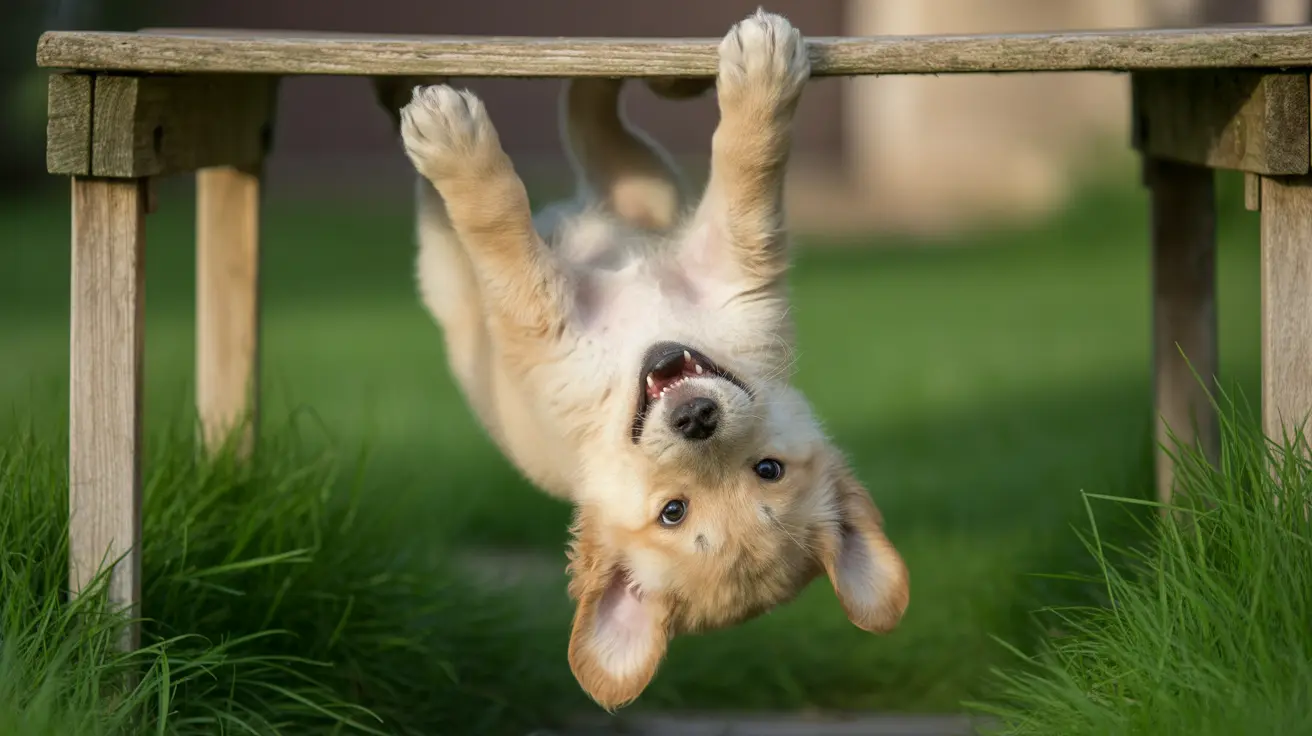What It Means When a Dog Touches You
As dog owners, we’ve all experienced that moment when our furry friend reaches out a paw, leans against us, or gently nudges us with their nose. But what does it actually mean when a dog touches you? While it might seem like a simple gesture, canine touch can convey a wealth of emotions and intentions. Understanding these signals helps deepen the bond between you and your pet.
Understanding Canine Body Language
Dogs rely heavily on body language to communicate with both humans and other animals. Touch is a key part of this communication. Here are the most common reasons why your dog might reach out to make physical contact:
- Affection: Dogs show love through touch, just as humans do. A paw on your leg or curling up beside you often expresses loyalty and emotional attachment.
- Trust and Comfort: When a dog lies next to you or rests a head on your lap, it shows they feel safe, secure, and comfortable in your presence.
- Attention Seeking: A gentle nudge or paw tap might be your dog saying, “Please look at me” or “Let’s play!” It’s a request for engagement, whether it's cuddles or playtime.
- Communication: Beyond affection, dogs also use touch to signal needs. They might paw at you to suggest they’re hungry, need to go outside, or simply want something from you.
- Protection and Herding Instincts: In certain breeds, especially herding types, a dog might lean against or nudge you to 'guide' your movement, displaying protective behavior or instinctual tendencies.
- Empathy and Emotional Response: Dogs are incredibly in tune with human emotions. If you're feeling stressed or sad, your dog might touch you as a way of offering comfort or calming you.
Types of Canine Touch and Their Meanings
Dogs use various forms of touch differently. Here’s what the most common ones typically mean:
- Nudging with the Nose: Often a sign of attention-seeking or curiosity. Your dog may want to check on you, alert you to something, or just be playful.
- Resting a Paw on You: Can signify affection, a desire to connect, or even dominance depending on context. Usually, it’s friendly and harmless.
- Leaning Against You: A sign of deep trust and comfort. This behavior usually expresses that your dog feels secure with you.
- Licking While Touching: A combination often meant for bonding and grooming. Puppies lick their mothers for security, and adult dogs extend that behavior to humans.
- Sitting on Your Feet or Lap: Beyond affection, this can also show ownership or pack connection, reinforcing that you’re part of their family unit.
Breed-Specific Behaviors
Certain dog breeds have stronger tendencies to use touch to communicate. For example:
- Labradors and Golden Retrievers: Naturally affectionate and people-oriented, often using touch to express love.
- Border Collies and Australian Shepherds: Strong herding instincts can lead to more frequent nudging or positional touch.
- Chihuahuas and Small Breeds: May prefer close physical contact for security and warmth.
When to Be Concerned
While most dog touches are harmless and rooted in positive intent, there are rare cases where it could indicate discomfort or behavioral issues. Owners should be cautious if:
- The touch is paired with growling, stiffness, or other signs of aggression.
- Obsessive or repetitive touching becomes disruptive or indicates separation anxiety.
- Your dog is using touch to control or dominate in situations that create tension.
Encouraging Positive Touch Behavior
To nurture healthy interactions and reinforce loving behavior:
- Respond Positively: When your dog reaches out with affection, return it with gentle touch, calm voice, and presence.
- Promote Bonding Activities: Joint exercises like walking, training, and playtime increase the frequency and comfort of tactile communication.
- Set Boundaries: If the behavior becomes excessive, gently redirect your dog while respecting their emotional needs.
Ultimately, touch is one of your dog’s most powerful tools for bonding and understanding. Paying attention to when, how, and why your dog touches you opens a window into their emotions and makes you a more informed, compassionate pet parent.





